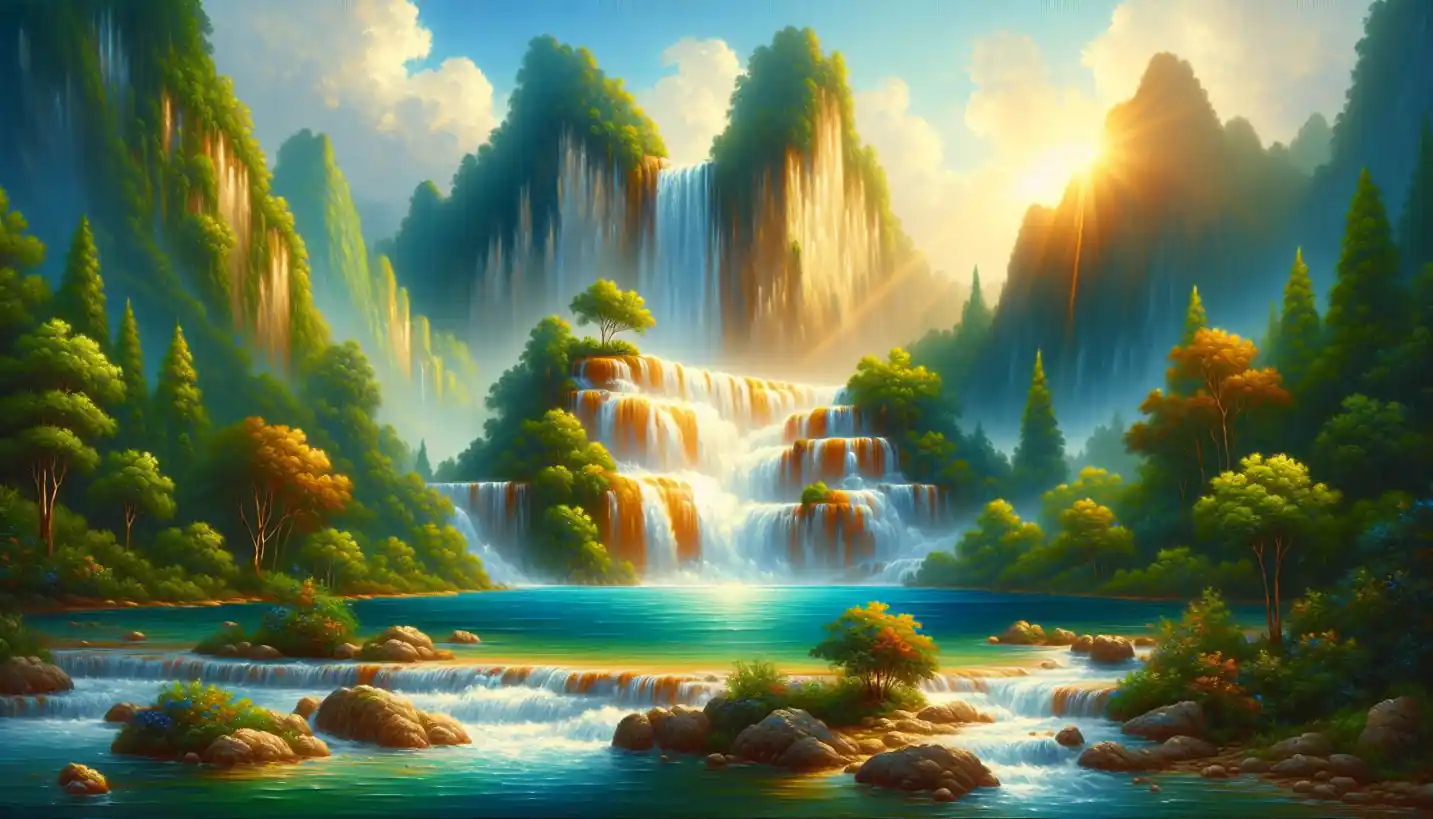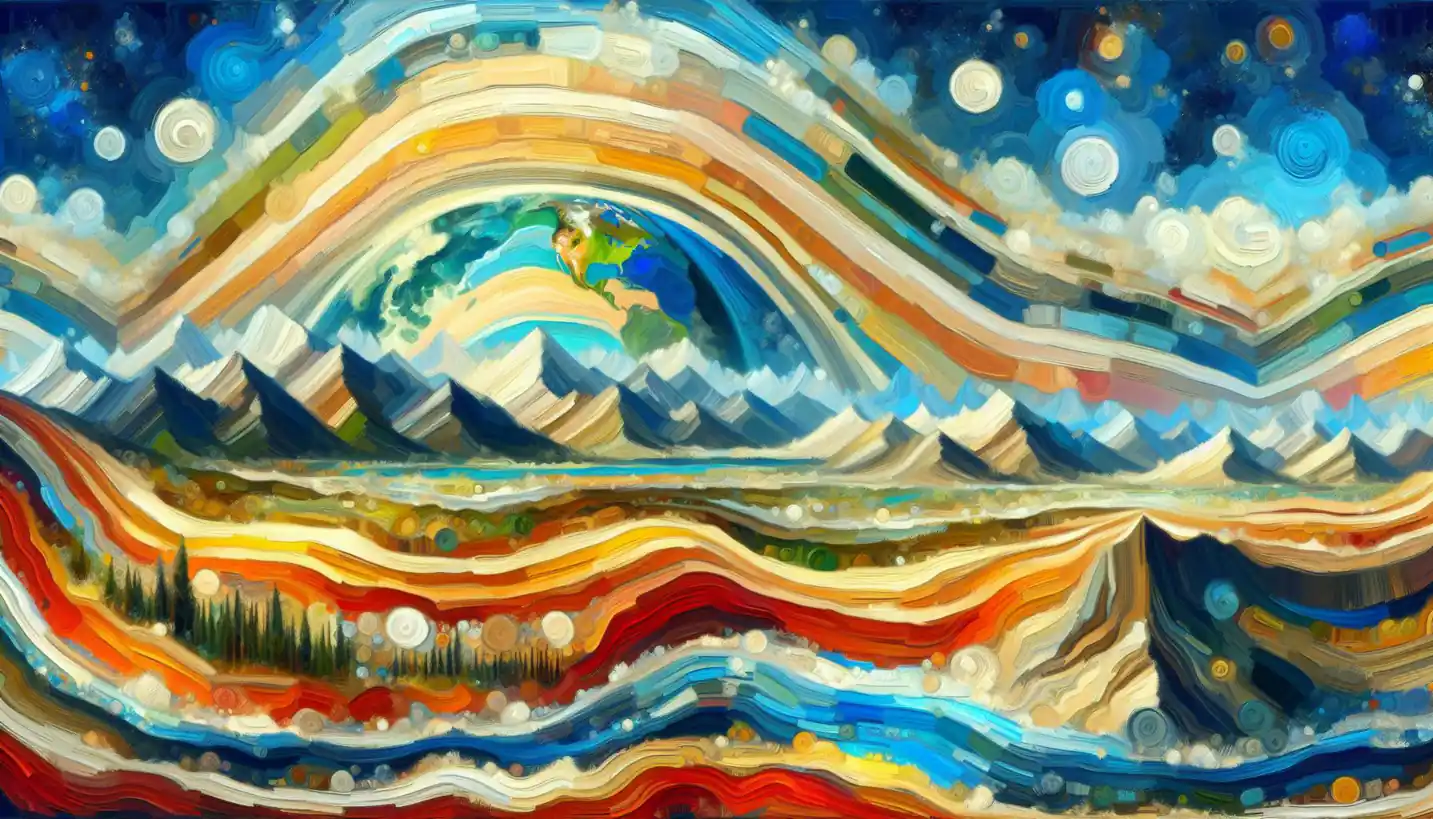· Earth Science · 3 min read
Subduction Zones: The Hidden Giants Beneath Our Feet
Subduction zones are colossal forces beneath us, shaping Earth’s landscape. Explore the hidden giants that drive geological change.

Have you ever wondered what mysteries lie beneath the Earth’s surface? Well, deep below, there’s a spectacular process happening called subduction. Although it sounds complex, subduction zones are vital to understanding how our planet works, especially when it comes to earthquakes, volcanoes, and even the formation of mountains.
What Are Subduction Zones?
At the most basic level, subduction zones are where two of Earth’s tectonic plates meet. These plates are massive slabs of rock floating on the semi-fluid asthenosphere below the crust. Sometimes, the plates move toward each other, and what happens next is a bit like a slow-motion crash. One plate dives beneath the other, sliding into the mantle in a process known as subduction.
Why Do Subduction Zones Matter?
So why should we care about these hidden zones? Well, they’re like the engine rooms of our planet. First, they play a crucial role in recycling Earth’s crust. As one plate is pushed down, it eventually melts and can form new crust elsewhere. This helps keep a balance in the Earth’s crust over millions of years.
Earthquakes and Volcanoes
Ever heard about the “Ring of Fire”? This is a horseshoe-shaped area around the Pacific Ocean with plenty of volcanic eruptions and earthquakes. It’s no coincidence; it’s home to many subduction zones. When the plates grind against each other, it can release immense energy, resulting in earthquakes. And as the subducted plate melts, the magma can rise to form volcanoes.
Mountain Building
Subduction doesn’t just cause destruction; it can also build things up. Think of the majestic Andes in South America or the Himalayas in Asia. These awe-inspiring mountain ranges owe their existence to subduction zones. Over millions of years, the continuous pressure can buckle the Earth’s crust, pushing it upwards to form mountains.
The Science Behind It
Peering into the science, subduction is a key aspect of plate tectonics, a theory that explains how and why Earth’s landscape changes over time. It all begins with the heat from the Earth’s core creating convection currents in the mantle. Like a conveyor belt, these currents move the plates around. Where plates converge, subduction can occur, and each zone is unique, depending on the types of plates involved—whether they’re oceanic or continental.
Real-Life Impacts
Now, let’s talk about how this affects us in real life. Every year, millions feel the rumble of earthquakes spawned by subduction zones. For example, the devastating 2004 Indian Ocean earthquake and tsunami were due to the subduction of the Indian plate beneath the Burma plate. Events like these remind us of the power and unpredictability of these zones.
Future Research Directions
Scientists are continually studying subduction zones to predict the next big quake or eruption. They’re using advanced technologies like seismic imaging to see what’s happening deep down. This research is crucial not just for academic knowledge but for helping communities prepare for natural disasters.
Conclusion: The Importance of Understanding Subduction Zones
In the end, understanding subduction zones offers a window into the inner workings of our planet. They might seem hidden and remote, but their influence extends far and wide. From recycling the Earth’s crust to creating breathtaking landscapes, these zones are a testament to our planet’s dynamic nature. As we learn more, we not only satisfy our curiosity but also gain insights essential for the safety and sustainability of future generations.
So next time you feel the Earth tremble or gaze upon a towering peak, remember the hidden giants beneath your feet—the subduction zones that help shape our world.



